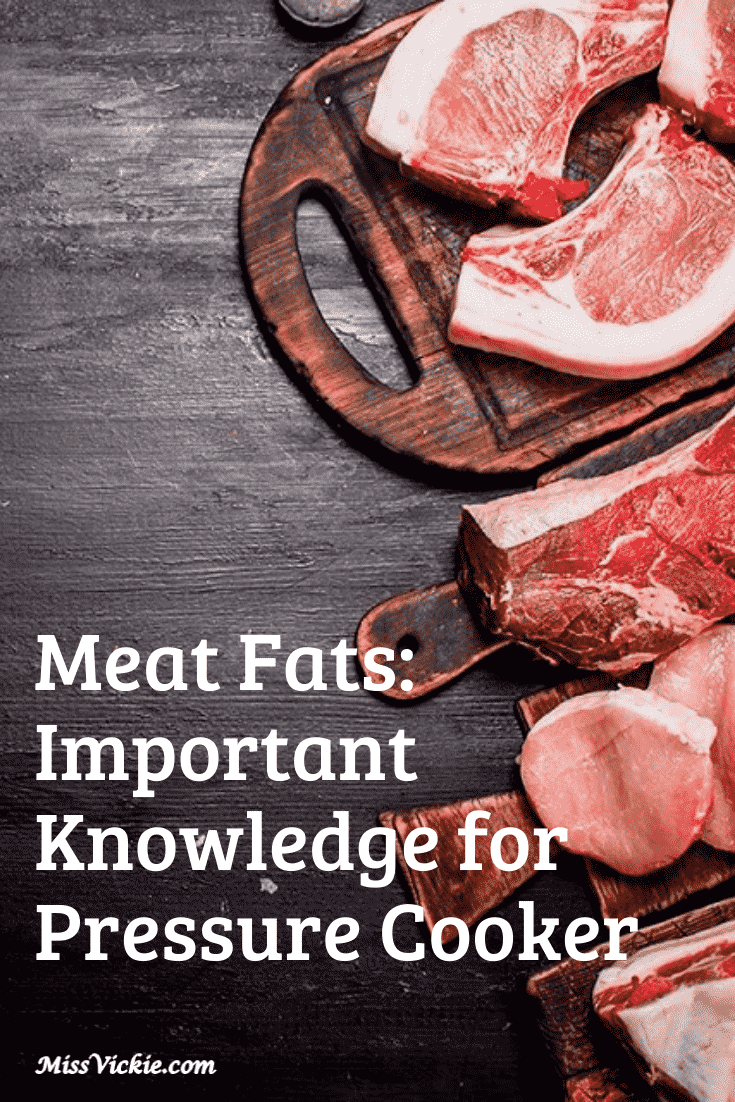
Meat Fats
You may or may not know this, but fat, which is an energy source that is generally stored in various animal muscles, is a huge contributing factor to the flavor of the meat. You have probably come across many claims that have been made about meat and its animal fat. However, you should know that animal fats are one of the healthiest things that you can include in your day to day diet. However, not all animal fat is created equal. As such, it is important to educate yourself about meat fats and understand which parts of the animal the meat fat comes from.
Types of animal fats
In general, animal fats are classified into saturated fats, monounsaturated fats, as well as polyunsaturated fats. Saturated fats tend to get a bad wrap but they are quite healthy when consumed in moderation. Saturated fats are typically solid at room temperature and are more stable compared to other types.
Monosaturated fats, on the other hand, are the healthiest and come highly recommended. Polyunsaturated fats alternatively, are also unstable and can lead to diseases and inflammation when consumed in high doses. All these types of fat are relevant to the type of meat that you select because various types of meat contain different ratios of these types of fats.
Where are meat fats found?
Meat fats are usually stored in muscle tissue. When the fat is heated, it melts and covers the muscle fibers of the meat which not only lubricates the meat but also helps to keep it moist. Meat fat content varies from one animal to the next as well as from part to part. For instance, the cuts of meat acquired from pigs and cows that contain the highest fat content are sourced from the muscles that are not as extensively used as others such as the loins and ribs. Muscles that are used often by the animal usually use up the stored-up fat for energy production, which means that they may not produce as much fat as dormant muscles.
What affects the quality of meat fats?
As mentioned above, the part of the animal and the muscle that the meat has been acquired from will impact its fat content. The age of the animal also has a lot to do with the quality of fat; an older cow will produce more fat content than a younger one because an older cow will have had sufficient time to grow and build its fast pockets.
Animals that have been bred strictly for meat production and consumption also tend to have higher amounts of stored fats than other types. Animals for consumption are often fed heavily to increase the amount of fat. Animal parts such as beef, which contain excessive amounts of fat tend to appear marbled owing to the white streaks of fat available. These marbled pieces of meat are considered to be more flavourful and may consequently be more valued by cooks.
Fish, unlike animals such as cows and pigs, on the other hand, do not store fat in their muscle pockets. Instead, the fat found in fish is acquired from the oil that has been distributed all over its flesh.